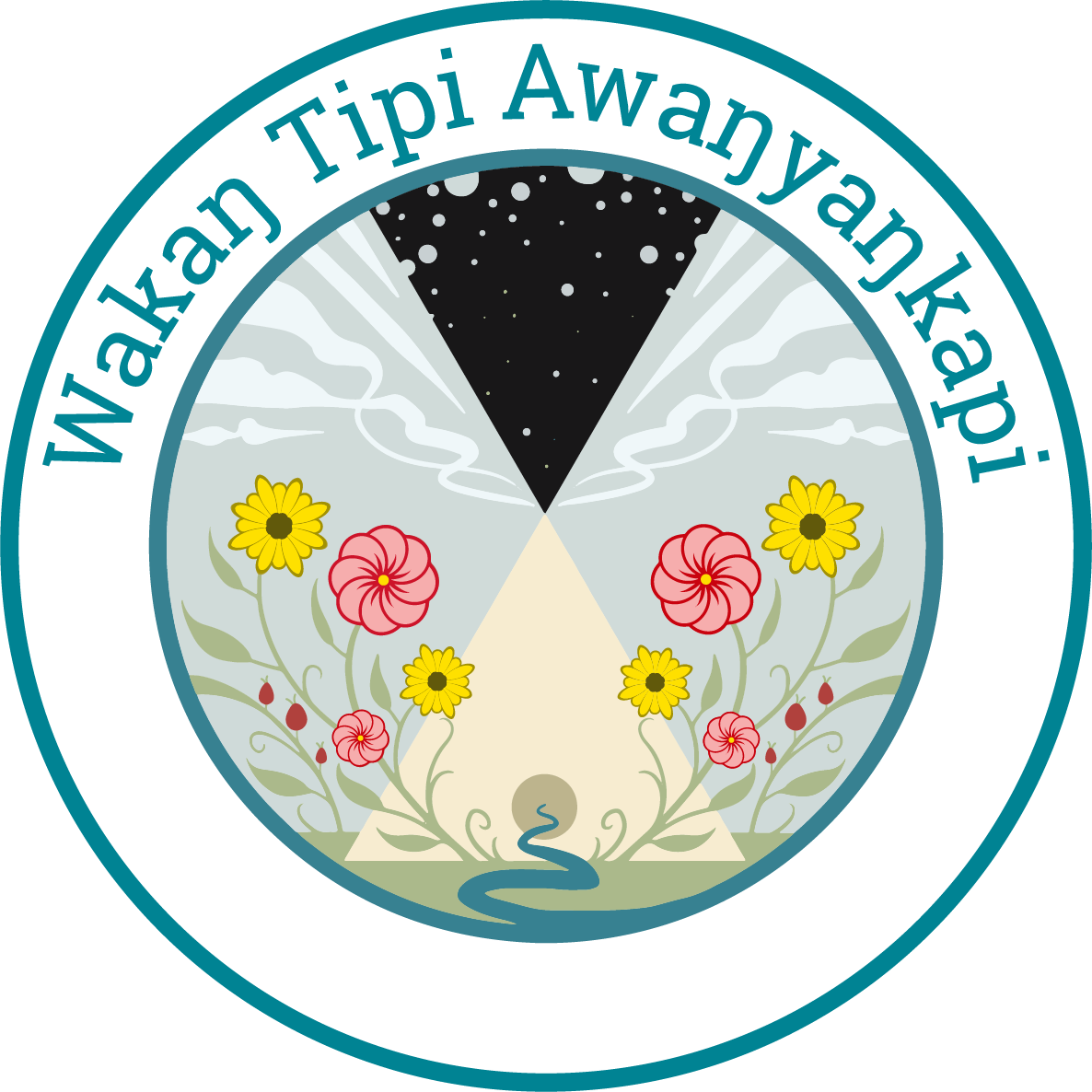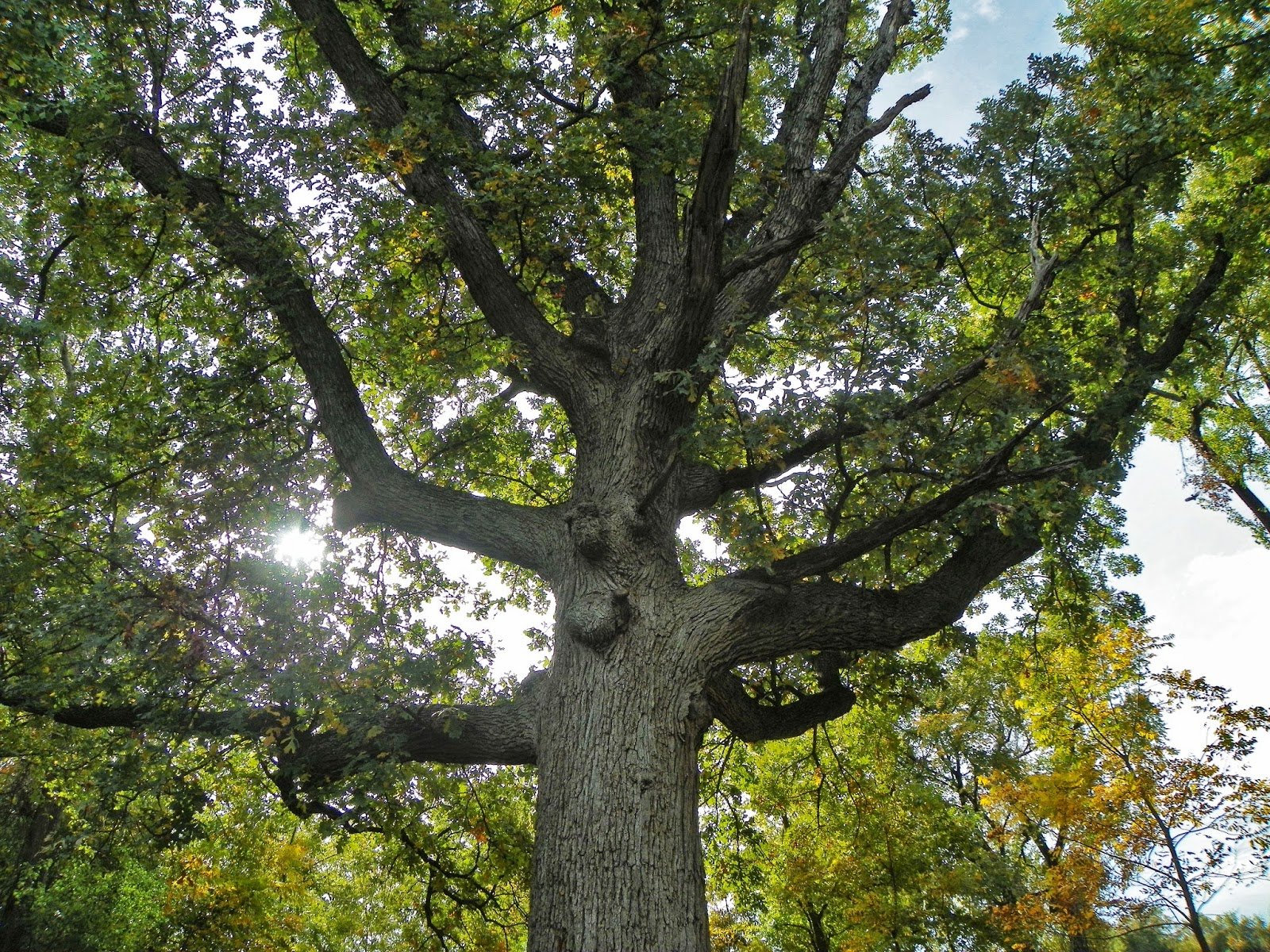Living sustainably requires us to think relationally and temporally; how will we leave this planet for those to come? How do we foster a good relationship between the human and more than human world? Sustainability requires the planting of seeds today, the benefits of which we might not experience in our own lifetime.
Written by guest contributor Jenna Grey-Eagle
Every year, the term “sustainability” is increasingly incorporated into the national and international vernacular as more and more government entities, businesses ranging from local shops to large corporations, and nonprofit organizations attempt to align their practices with their conception of the term. It is safe to say that the term has reached the nexus of modern environmentalism, but it has come to mean many different things to many different people. This is a natural phenomenon with language, as definitions are never static nor are they all encompassing. However, it is important to distinguish a definition of sustainability accepted by the dominant culture which is both Eurocentric and reflective of the priorities of capitalism, and a definition which has long been understood and practiced by the indigenous communities of Turtle Island – that is to say an understanding of sustainability rooted in relationality rather than resource extraction. For this month’s blog, our guest contributor Jenna Grey-Eagle outlines what makes an indigenous definition of sustainability distinctive, the real-world implications this has in tribal communities, and how the concept is conceived by indigenous women creating positive change in our community.
What does sustainability mean?
The way we answer this question is extremely important. Our definition inspires our action, and in a new era of rapidly changing climate, our actions must fit the scale of the emergency. According to scholar Scott Stern in his article Rebuilding Trust: Climate Change, Indian Communities, and a Right to Resettlement, of the more than one hundred million people who will be displaced due to climate change by 2050, “the people most at risk of displacement are American Indians.”
The U.S. Environmental Protection Agency, the federal agency charged with reducing environmental risks and stewarding human health, defines environmental sustainability as the pursuit “to create and maintain the conditions under which humans and nature can exist in productive harmony to support present and future generations.” Their definition, although incorporating the aspect of time and relating to the future, separates humans from nature and relates the concept of sustainability to a maintenance of productivity. Herein lies the major differences between the Indigenous view of sustainability and that of the dominant culture.
Writer Fulvio Mazzocchi researched these key differences in his article A Deeper Meaning of Sustainability: Insights from Indigenous Knowledge in which he argues that Indigenous knowledge needs to be taken seriously in sustainability debates and solution talks because it can contribute beyond the notion of technological solutions to climate change. A Eurocentric definition of sustainability most often contains a dualistic worldview that emphasizes the separation of humanity and nature; this is evident in the objectification of nature and the human nature divide. There is also a utilitarian attitude towards nature, where attention is paid to the regulation of exploitation of resources. Keywords heard in the Eurocentric viewpoint include:
Resources
Commodities
Ecosystem services
Or nature’s benefits to people
The Indigenous view wants an overall well-being of all creatures and all that Uƞc̣i Maká–Grandmother Earth has to offer. Special attention is paid to relationality between human beings and all elements of the universe. Greater emphasis is placed on respect, giving, and reciprocity as expressed in the idea of caretaking or guardianship of the natural world —which we are a part of, not separate from. Key words you will hear in the Indigenous view of sustainability include:
Living well
Gifts
Relatives
Mother Earth
To Indigenous communities, sustainability requires embracing these concepts as real, concrete solutions that can transform society and break us away from the status quo. The status quo is a heavy reliance on fossil fuels and nonrenewable energy sources. As evident in the protests of NOKXL, NODAPL, and the NOLINE3 movements, it is clear that Indigenous communities know that this reliance on fossil fuels is toxic, unsustainable, and damaging. Indian Country is choosing sustainable development as a solution to combat climate change and foster resilience.
In 2011, Turtle Mountain Community College began producing more energy than they consumed, thanks in part to wind energy.
Tribal Success Stories in Sustainable Development
Because the state of Minnesota failed to initiate homelessness surveys on reservations until 2006, the Fond du Lac Band of Lake Superior Chippewa and all 10 other Minnesota tribes conducted their own survey and found a significant need for more homes, especially among their veteran community.
In response, The Fond du Lac Band of Lake Superior Chippewa successfully opened the Veterans Supportive Housing in 2013, a single-story development consisting of 10 one-bedroom apartments, common rooms, and supportive service offices. The project development included technologies that were both cost-effective and sustainable, such as a site orientation which maximizes both daylight exposure and winter solar gain, site planning to include erosion and stormwater management best practices, ENERGY STAR windows, fixtures, and appliances, high-efficiency water fixtures, R-50 attic insulation, and low volatile organic compound (VOC) finishes. For Fond du Lac and many tribal nations, sustainability means simultaneously caring for people and the environment. In regards to enacting sustainability measures in their community, Jason Hollinday the Director of Planning said, “We are always seeking to increase sustainability. It’s part of who we are. It is part of our overarching goal to responsibly care for our environment and at the same time care for our tribal members.”
In Belcourt, North Dakota, the Turtle Mountain Community College is another success story in sustainable development. By harnessing geothermal and wind power, the college has reached the point where they do not waste resources whatsoever because they are producing more energy than they consume. This strategy is known as “exergy,” in which the campus controls all their natural resources thereby ensuring that they only operate at maximum efficiency.
“On July 26, 2019, Indigenized Energy held its grand opening on the Standing Rock reservation. It is the largest solar farm in the state of North Dakota. Held in Cannon Ball, where the historic opposition to the Dakota Access Pipeline unfolded three years ago, the event demonstrated how Native communities can attain sovereignty through sustainable energy. Today, Turtle Mountain Community College is doing just that. ”
Indigenous Women’s Thoughts on Sustainability
What does Indigenous sustainability mean to you?
Nevada LittleWolf (Leech Lake Band of Ojibwe) Executive Director & Campaign Manager at Our Children MN
“Regeneration” and “sustainability” are white farmers and white environmentalists framing of Indigenous practices. These are practices that our people have had for generations. It's not okay for others to co-opt our ideas and wisdom. Any Black, Indigenous, or POC carries this knowledge because our ancestors have been doing this since time immemorial. Food sovereignty and caring for the land, water, air is not dirty or bad work. It is not disgusting or low work. It is the work of the future.
Tara Houska – (Couchiching First Nation) Attorney, Environmental & Indigenous Rights Advocate
To me, Indigenous sustainability is living out Indigenous values. Sustainability is hardwired into traditional lifeways centered in balance and mutuality. Balance with nature, with one another as human beings and a practice of relationships based in both giving and taking.
Jessika Greendeer (Ho-Chunk Nation) Seedkeeper and Farm Manager at Dream of Wild Health
Indigenous sustainability to me means the continued passing down of our oral histories and traditions. I firmly believe our youth are the keepers of knowledge as they will be expected to continue the work of us all. There are so many of our ways of life that have been dismantled, but Indigenous peoples were vessels for those stories, knowledge, and wisdom.
Linda Black Elk – (Korean, Mongolian, and Catawba ancestry) Ethnobotanist
Indigenous ways of life are sustainable ways of life. Indigenous people have a long storied history with this landscape, and sustainability requires the time and energy necessary to build relationships with our plant and animal relatives. Standing in right relationship changes the way we walk on the landscape. When we know the trees, herbs, birds, and other living things as our relatives, we treat them with kindness and respect, we practice reciprocity and sustainability. Practicing sustainability is the best way to protect both people and our Mother Earth.
What are the best examples of Indigenous sustainability that you have seen?
Nevada LittleWolf (Leech Lake Band of Ojibwe) Executive Director & Campaign Manager at Our Children MN
The fact that we're still here is sustainable. The fact that we still prosper is sustainable. The fact that we still take care of our people, that's sustainable. If you want to talk about regeneration: we take care of each other and we regenerate, heal, and grow for the future. Our teachings and cultural identity carry us forward.
Tara Houska – (Couchiching First Nation) Attorney, Environmental & Indigenous Rights Advocate
I see pieces of these concepts during traditional ceremony or learning times, when people come together for healing and consciously make efforts to care for one another’s bodies, spirits, and express gratitude to all of the beings that shared life for us to be there — the animals and plants for food, the trees for the lodge and feeding a fire, the water, so many different components. I’ve also seen community-based efforts where folks are restoring relationships on all levels through growing food, sharing that food and knowledge, and intentionally working on being relatives to one another and to the living world.
Jessika Greendeer (Ho-Chunk Nation) Seedkeeper and Farm Manager at Dream of Wild Health
Dream of Wild Health is an organization focused on Indigenous sustainability. There is an intergenerational learning and teaching happening within the circles at the farm. The teaching is not from the top, down. Meaning what is taught does not always come from the mouths of our elders, some of that knowledge is shared by our youth.
Linda Black Elk – (Korean, Mongolian, and Catawba ancestry) Ethnobotanist
Some of the best examples of Indigenous sustainability that I’ve seen are Rowen White’s work stewarding seeds and growing beautiful foods; Kuaʻāina Ulu ʻAuamo in Hawaii, and Edéhzhíe Protected Area in Canada.



